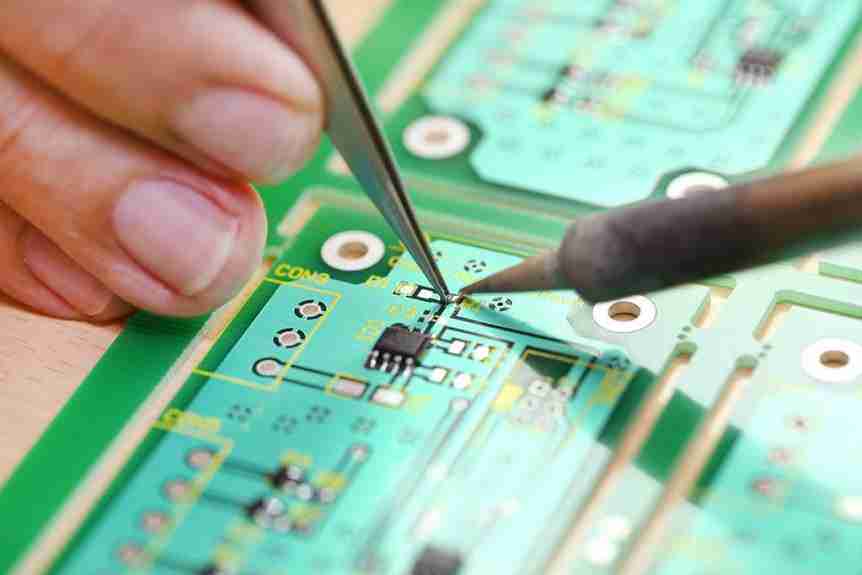In an era where electronic devices are becoming smaller, more complex, and more ubiquitous, ensuring the quality of Printed Circuit Board (PCB) assemblies is paramount. One technology that is revolutionizing quality assurance in PCB assembly is Automated Optical Inspection (AOI). This article explores how AOI enhances PCB assembly quality and the crucial role it plays in modern electronics manufacturing.
Automated Optical Inspection: A Brief Overview
Automated Optical Inspection (AOI) is an automated visual inspection method used in PCB assembly. AOI systems use high-definition cameras and sophisticated image processing software to inspect PCBs for manufacturing defects. It’s a non-contact testing method, capable of detecting a wide range of defects with speed, accuracy, and repeatability.
The Importance of Quality Assurance in PCB Assembly
In PCB assembly, even minor defects can lead to significant problems in the functionality and reliability of the final product. Faulty solder joints, incorrect or missing components, and misalignments can cause device failures, leading to increased costs and customer dissatisfaction.
Therefore, effective quality assurance is vital to ensure the consistency and reliability of electronic products, making technologies like AOI indispensable in modern PCB assembly.
ALSO READ : LOGIC GATES
Identifying Defects: How AOI Enhances PCB Assembly Quality
1. Rapid and Consistent Inspection
AOI systems can scan PCBs at high speeds, examining thousands of solder joints and components per minute. Unlike manual inspection, AOI systems offer consistent performance, unaffected by fatigue or subjectivity. This capability allows for comprehensive inspection of every PCB assembly, ensuring high product quality.
2. Broad Range of Defect Detection
AOI systems can detect a wide variety of defects, including missing, flipped, or misplaced components, solder bridge, insufficient or excessive solder, and many more. By catching these defects early, AOI helps prevent faulty boards from moving to the next stage of production or reaching the end-user.
3. False Call Reduction
Modern AOI systems use advanced image processing algorithms and machine learning techniques to minimize false calls (incorrect defect flagging). This improves inspection accuracy and reduces the time spent on manual review of flagged defects.
AOI in Surface Mount Technology (SMT) Assembly
In Surface Mount Technology or SMT assembly, where components are miniaturized and densely packed, manual inspection becomes challenging and less reliable. AOI is particularly valuable in this context, with its ability to inspect small, complex components and detect defects that might be overlooked by the human eye.
Post-Reflow AOI: Ensuring Soldering Quality
AOI is critical after the reflow soldering process in SMT assembly. It checks the quality of solder joints and verifies the correct placement of components. This inspection ensures that potential issues are caught and corrected before the PCB assemblies proceed to further stages.
Looking Ahead: The Future of AOI in PCB Assembly
As electronics manufacturing continues to evolve towards greater complexity and miniaturization, the role of AOI in ensuring assembly quality is set to become even more significant. Future advancements in AOI technology, such as the integration of artificial intelligence, promise to deliver even higher levels of accuracy and efficiency.
Conclusion
Automated Optical Inspection plays a crucial role in maintaining the high standards of quality assurance required in modern PCB assembly. By rapidly and accurately identifying a wide range of defects, AOI systems ensure the integrity of PCB assemblies, contributing significantly to the performance and reliability of the end products. As the world of electronics continues to advance, the importance of AOI in sustaining the pace of this innovation cannot be overstated.


